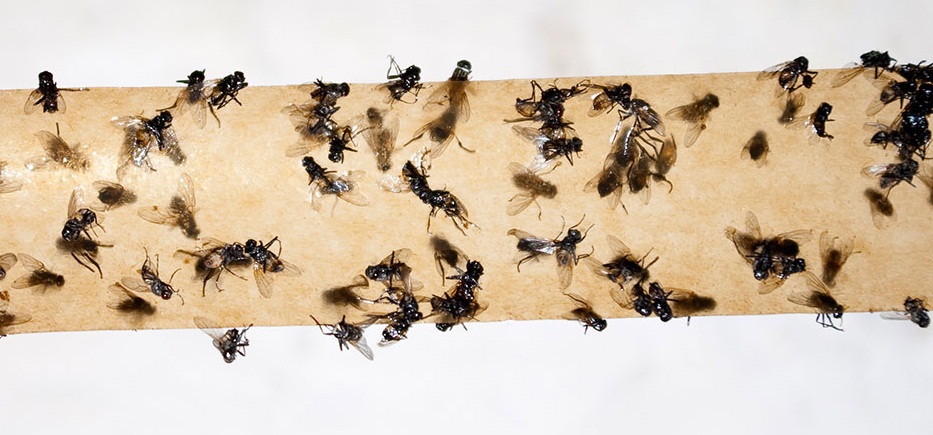
In order to understand a fly infestation, it is important to understand what causes one. Flies lay eggs in batches of hundreds. One female fly can lay thousands of eggs in a two-week adult lifespan. Eggs are laid directly next to and often inside the fly’s food sources. Depending on the type of fly this can be garbage, manure / feces, rotting food, or the corpse of a rotting animal. Once the eggs hatch, they become white worm-like larvae, which feed voraciously on the food source they are born into. They quickly grow large enough to become pupae, out of which adult flies are hatched. Adult flies live from a few days to a couple weeks and their only purpose is to find new food sources and reproduce. Fly infestations can thus very rapidly reach millions in size. In addition, flies prefer warm weather, and weather greatly affects their reproduction rates and cycles. For this reason, in seasonal climates, fly infestations are much more common in the summer.
The most important thing in identifying a fly infestation is identifying the breeding ground and food source. Often the key to getting rid of flies is quite simply finding and eliminating that source or material. Identifying the type of fly can help understand what food source to look for. Common places to look are garbage cans, composts, dumpsters, kitchen counters, drains and sewage areas, areas outside that may contain dead animals, and any possibility of dead animals that have gotten stuck inside a wall. In addition, freshly laid manure or any area in which animal waste is disposed of are favorable places for fly breeding grounds.
